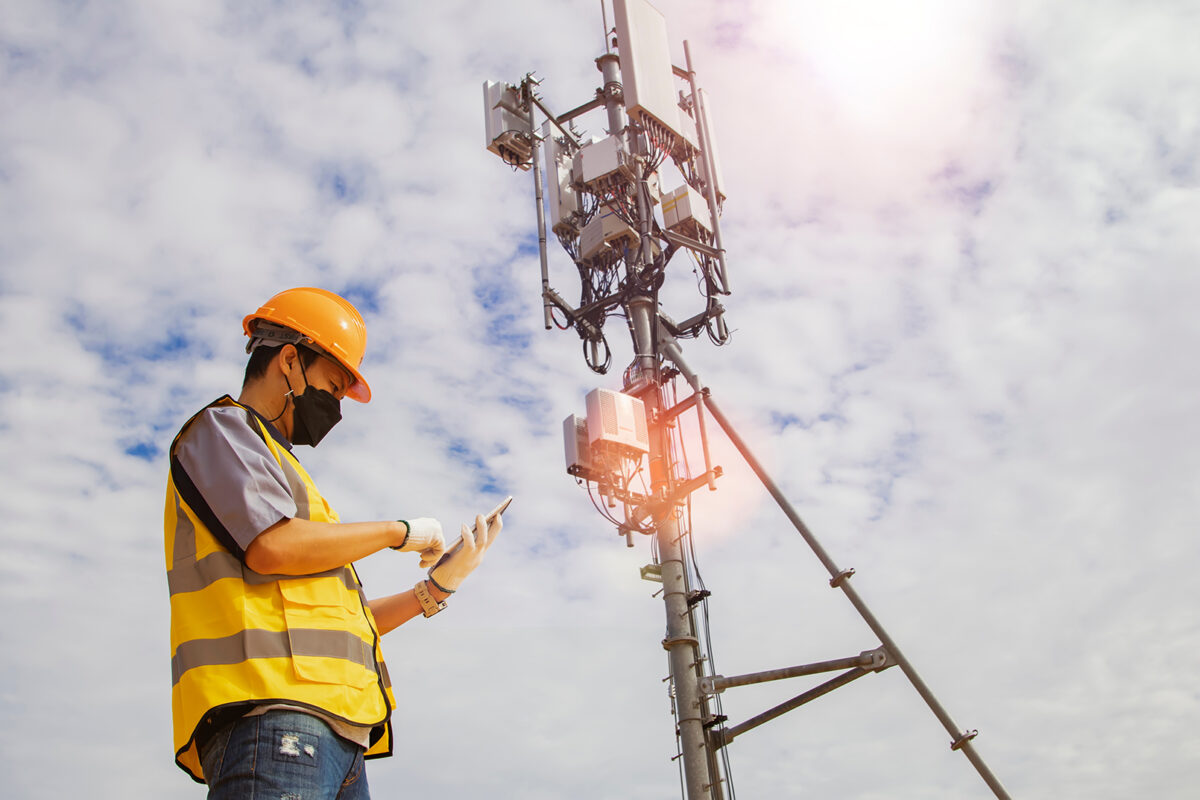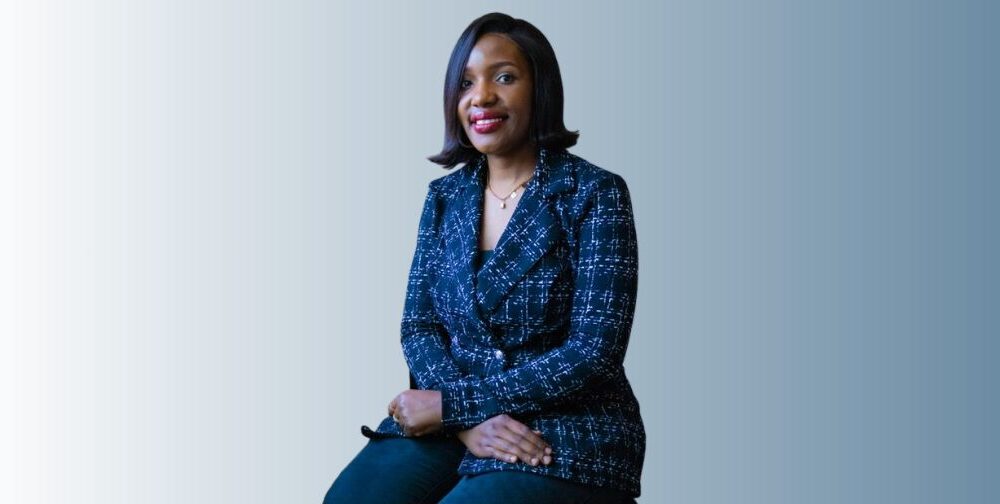When people think about fire safety, they often picture fire alarms, sprinklers, and exit signs. These are all important, but there’s one more critical piece that often gets overlooked: communication.
During a fire, it’s not just about alerting people. It’s about making sure emergency responders can stay in contact, inside the building, at all times. That’s where BDA (Bi-Directional Amplifiers) and DAS (Distributed Antenna Systems) come into play.
They don’t put out fires. They don’t stop smoking. But without them, firefighters might not be able to do their job safely, or quickly.
Why Radio Coverage Matters in a Fire
When firefighters enter a burning building, they rely on two-way radios to talk to each other and to their team outside. These radios guide decisions, call for help, and track team members. But in many buildings, especially those made of concrete, steel, or glass, radio signals don’t travel well inside.
That creates dead zones, areas where the signal drops, cuts out, or disappears completely. If a firefighter goes into one of these zones, they may not be able to call for backup or report danger. That’s not just a technical issue, it’s a life safety risk. For buildings facing these challenges, professional BDA System Installation is often the most effective solution to ensure code-compliant and life-saving coverage.
What Do BDA and DAS Systems Do?
BDA systems work by boosting weak radio signals. They take the signal from outside (like the fire department’s radio system), amplify it, and push it into the building. They also boost signals going back out, so communication is always two-way.
DAS systems distribute that signal evenly throughout the building. They use a series of small antennas, placed in different zones, like stairwells, basements, mechanical rooms, and long hallways, to make sure coverage is consistent everywhere.
Together, BDA and DAS systems create a network that keeps emergency communication clear, no matter where someone is inside the building.
When Are These Systems Required?
In many cities, these systems are not optional. Local fire codes and national safety standards now require buildings to have reliable radio coverage for emergency responders.
Two of the most commonly referenced codes are:
- IFC 510 (from the International Fire Code)
- NFPA 72 (National Fire Alarm and Signaling Code)
These codes say that if a building doesn’t provide reliable radio signal in all critical areas, a BDA/DAS system must be installed. This applies to new buildings, and often to existing buildings during major upgrades or inspections.
Key Areas That Must Be Covered
Emergency radio coverage must work in places that are often the hardest to reach, such as:
- Stairwells
- Basements
- Elevator shafts
- Fire control rooms
- Electrical and mechanical spaces
- Underground parking
These spaces tend to block signals the most, but they’re also the exact places where responders need to communicate without delay.
How BDA/DAS Supports Fire Safety Operations
Here’s how these systems improve fire safety in real-world terms:
- Faster response inside the building
Fire crews don’t have to rely on shouting or guesswork, they stay connected from the moment they enter.
- Better coordination
Teams can be split across different floors and still stay in sync with command. That saves time and prevents confusion.
- Improved safety for firefighters
If something goes wrong, a ceiling collapses, someone gets trapped, help can be called instantly, even from a hard-to-reach spot.
- Compliance with safety laws
Having a working BDA/DAS system ensures the building passes inspections and avoids code violations or costly delays.
How to Know If Your Building Needs One
The best way to find out is to have an RF site survey done. This is a signal strength test across the whole building. If any area fails to meet minimum requirements, a BDA/DAS system will be recommended.
This test is often required before a Certificate of Occupancy is issued, especially in cities that have adopted IFC 510 or similar local ordinances.
Final Thoughts
Fire safety is about more than alarms and exits. It’s also about making sure that the people fighting the fire can talk to each other without fail.
BDA and DAS systems may not be visible, but they’re one of the most important tools in any fire safety plan. If a fire breaks out, you want to be confident that your building doesn’t just alert, but also connects.
Because in those moments, clear communication can save lives.





























